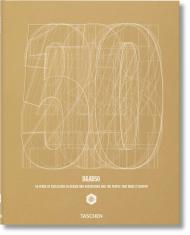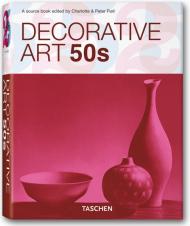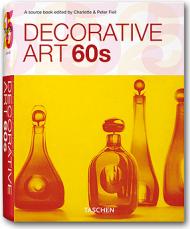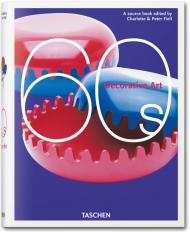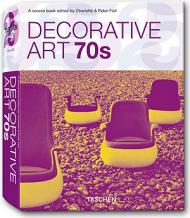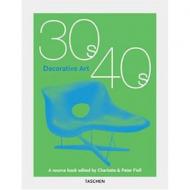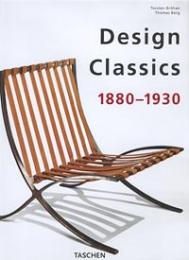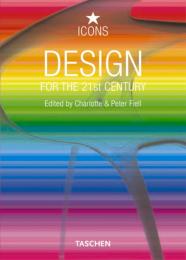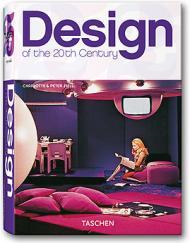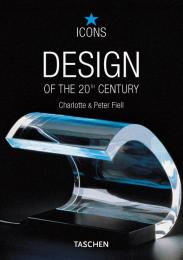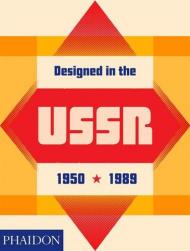D&AD is a nonprofit educational charity that was launched in 1962 by a group of London-based designers and art directors including David Bailey, Terence Donovan and Alan Fletcher, with iconic and legendary professionals on both its judging panels and winners lists. By celebrating creative communication and rewarding its practitioners, D&AD raises standards across the industry. The annual D&AD Awards - the industry's biggest and best - rewards outstanding creativity, originality, technical excellence and innovation in design and advertising.
Featuring the latest D&AD award-winning work in the fields of:Art Direction, Book Design, Branding, Digital Advertising, Digital Design, Direct, Film Advertising Crafts, Graphic Design, Illustration, Integrated & Earned Media, Magazine & Newspaper Design, Mobile Marketing, Music Videos, Outdoor Advertising, Packaging Design, Photography, Press Advertising, Product Design, Radio Advertising, Spatial Design, TV & Cinema Advertising, TV & Cinema Communications, Typography, Writing for Advertising and Writing for Design.
